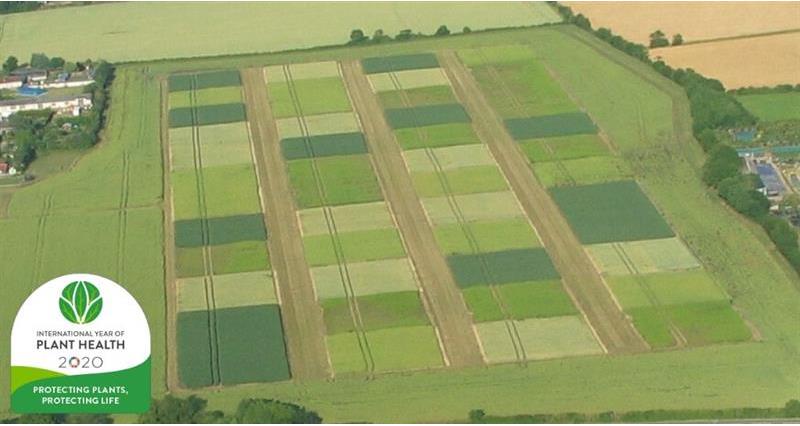We spoke to Dr Nathan Morris of NIAB about the Sustainable Trial for Arable Rotations (STAR) project, a long-term, field scale study of the impacts of different established tillage systems.
The Project
The STAR project is a field-scale trial using farm scale equipment and techniques with fully replicated large plots. The primary cultivation practices studied are:
- Inversion (c. 25 cm plough), and
- Non-inversion tillage (tine/disc-based combination) set either:
- Deep (c. 20-25 cm), or
- Shallow (c. 10 cm)
These systems are used consistently for primary cultivation each year to give the three main treatments.
An additional ‘managed approach’ allows the cultivation system used to change with season and crop. The cultivation decision in these treatments is based on soil conditions, field assessments, previous cropping, weed burden and local best practice. The rotation includes regular winter wheat either as continuous winter wheat or alternating with combinable break crops.
What have been the results?
Crop yield and margin
The use of winter wheat in the rotations has allowed the large scale study of impacts of primary tillage on long term performance of wheat yields. On average across seasons, there has been no difference in the yield of the different primary tillage systems, indicating that wheat yields are relatively robust to the tillage approaches used.
When considering gross margins, the shallow and deep non-inversion treatments resulted in greater margins in first wheat crops compared to the plough. For deep non-inversion treatments this benefit was 6–7% and for shallow non-inversion treatments gain was 1–4%.
Soils and grass weeds
The impact of tillage on soil strength was also examined. Of the ‘consistent systems’, soil strength diverges at c. 7.5 cm in the shallow tillage (cf. plough tillage) and remains at around 20% tighter at depths between 15 and 35 cm.
Grass weeds (predominantly brome species and black-grass) have been present at low levels in both non-inversion continuous wheat rotations for the years 2006-2016. In recent seasons these levels have substantially increased in both non-inversion wheat plots.
However, in all other rotations (with break crops) and with the inclusion of plough tillage, even on a rotational basis, grass weeds remain at very low levels. This underlines the importance of maintaining cultural control strategies (both cultivation and rotation) that ensure grass weeds remain at manageable levels.
Dr Nathan Morris, NIAB:
“Long-term field trials are an essential tool that allow us to better understand the sustainability of our farming systems both for in terms of productivity, economics and environmental impact. The study also provides a platform to support further research that enables us to advance and unpin science.”
The trial is co-ordinated and managed by NIAB, but is funded by a number of charities. Acknowledgments and thanks are extended to The Morley Agricultural Foundation (TMAF); The Felix Cobbold Trust for their continued support of the STAR project and historically The Chadacre Agricultural Trust.
